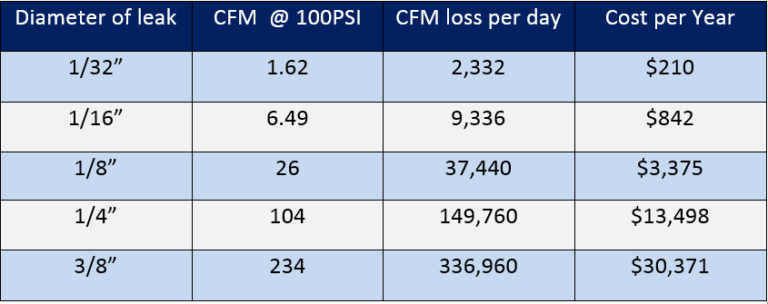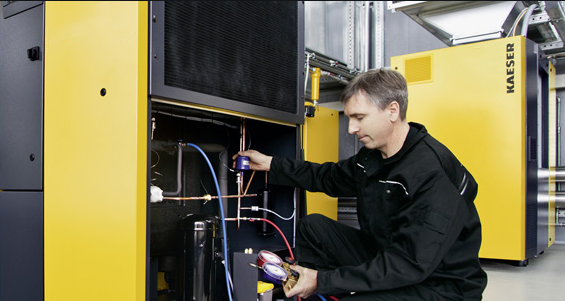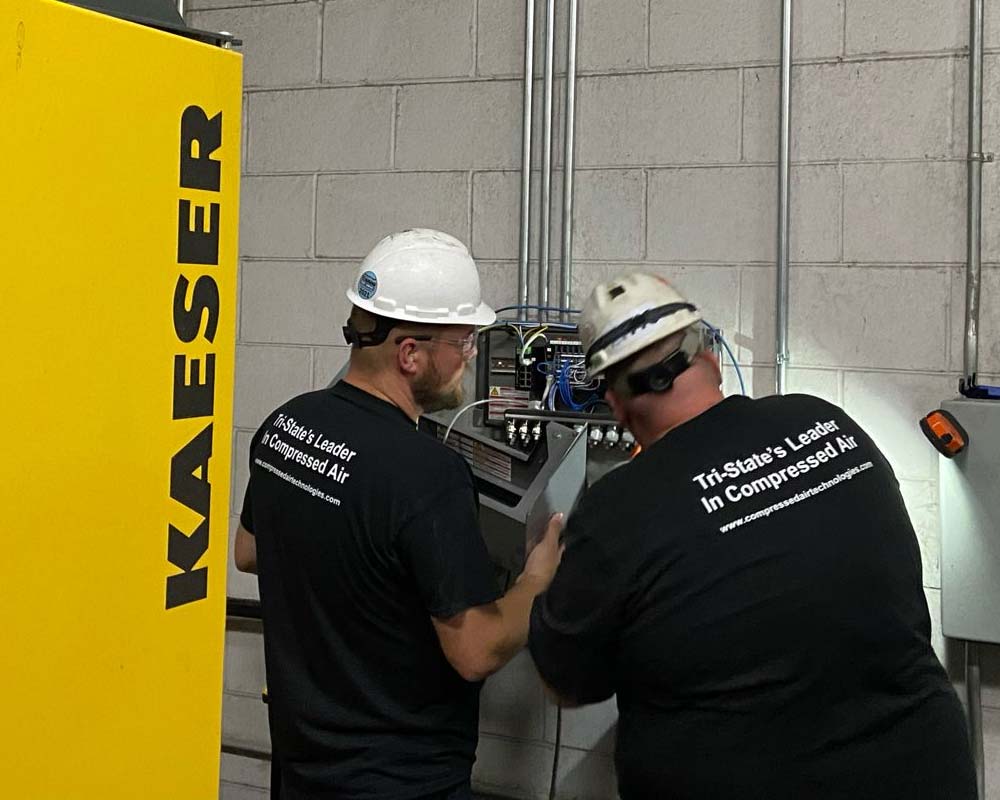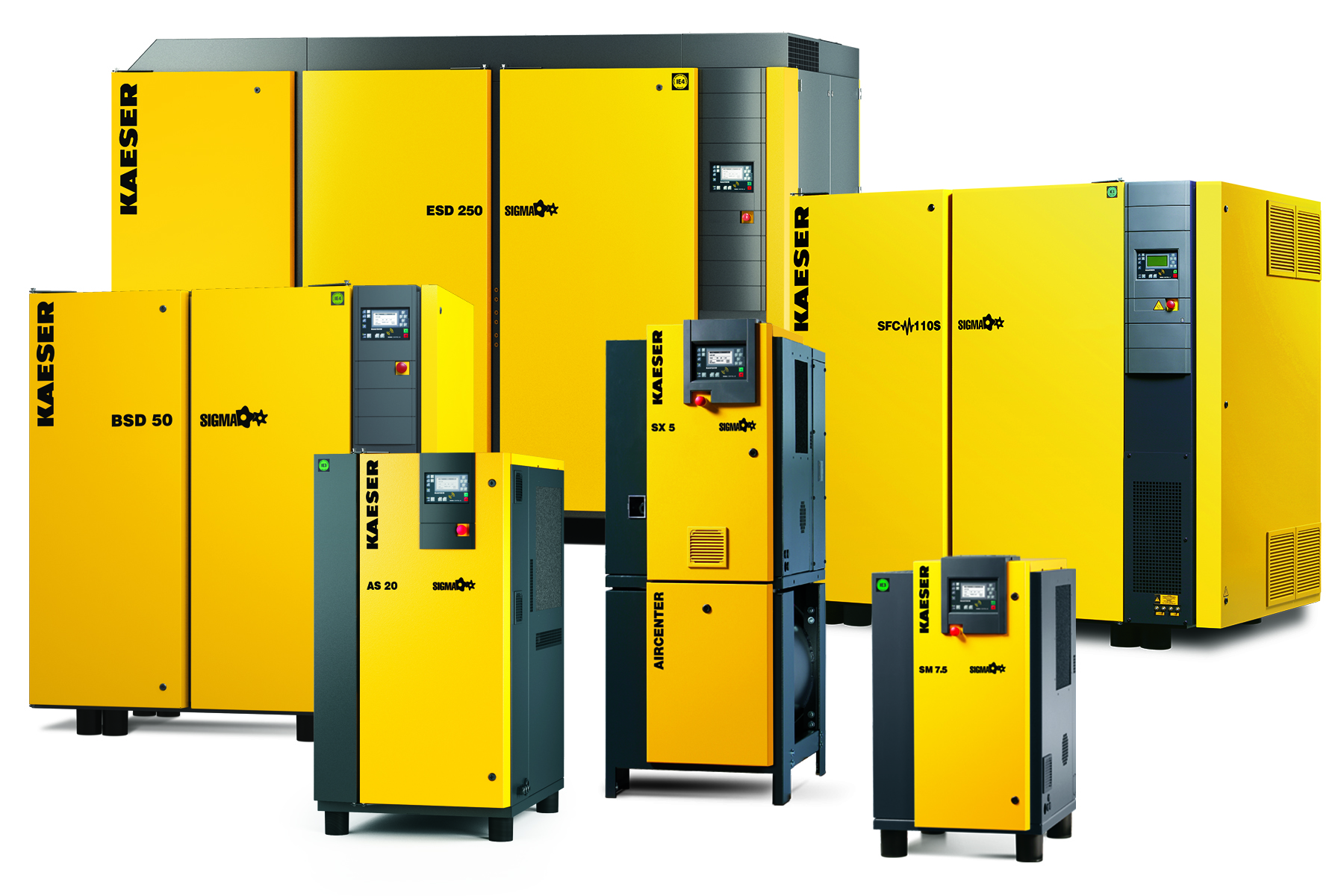Custom-engineered air compressor solutions
Custom-engineered solutions are designed for the most demanding installations and harshest of environments. These complete systems are exceptionally reliable, simple to maintain, and have superior energy efficiency, no matter what the installation limitations may be. Space, weather, and accessibility constraints are eliminated with reduced construction, installation, and operating costs.
These custom-engineered solutions are completely turnkey, reducing onsite planning and installation costs, which save you time since there is no need to build a new compressor room or add onto an existing building. They can even be built to be moved from one site to another. Every component is selected with your installation and location in mind.
Plan and design
Whether you call it planning, designing, or even engineering, we start by partnering with you to determine what you need. We’ll ask a series of questions based on your environment to start spec-ing out the best solutions, including your enclosure or skid configuration. We’ll use that information to begin designing the necessary wiring, and power distribution to a single service connection.
Then, we add thermostatically controlled inlet louvers and exhaust ducting as well as supplemental heating as needed for reliable operation nearly anywhere on the planet. Based on your system requirement, we select the right compressors to meet your pressure and flow needs and mount them to the floor with vibration isolators. Air treatment comes next and includes dryers, filters, receiver tanks, and condensate management. We have options for every grade of compressed air quality from the shop to the instrument to oil-free and even breathing air.
Prepare and deliver
After that, we run piping throughout the package to a single connection that ties the entire system directly to your plant. To efficiently control air output and remotely monitor the system for preventative maintenance, planning, and troubleshooting we install Kaeser’s Sigma Air Manager 4.0. (SAM 4.0) also constantly measures and reports energy consumption. Your system will give you complete access for maintenance and repair.
Finally, we deliver your customized air system to you.
Don’t worry about site preparation, just provide a level surface capable of holding the weight of the system. Whether you need compressed air, blower, or vacuum systems give us your spec and we’ll deliver a complete system faster than you can budget, plan, permit, and build a new building or expand an existing facility.
Elevate works to design these custom-engineered solutions
We have experts who help design these custom-engineered solutions, working with Kaeser to get them to your location whether you’re in South Carolina, Ohio, or Michigan. We also provide services (such as preventive maintenance and emergency repairs) as well as traditional compressed air systems. When it comes to compressed air systems, we do it all.









